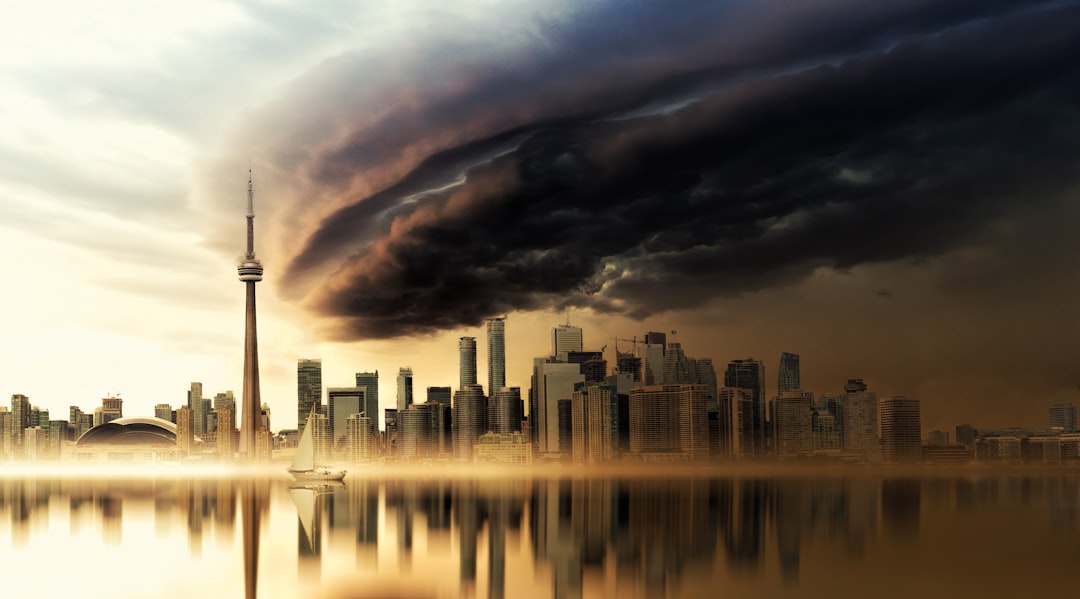All Nonfiction
- Bullying
- Books
- Academic
- Author Interviews
- Celebrity interviews
- College Articles
- College Essays
- Educator of the Year
- Heroes
- Interviews
- Memoir
- Personal Experience
- Sports
- Travel & Culture
All Opinions
- Bullying
- Current Events / Politics
- Discrimination
- Drugs / Alcohol / Smoking
- Entertainment / Celebrities
- Environment
- Love / Relationships
- Movies / Music / TV
- Pop Culture / Trends
- School / College
- Social Issues / Civics
- Spirituality / Religion
- Sports / Hobbies
All Hot Topics
- Bullying
- Community Service
- Environment
- Health
- Letters to the Editor
- Pride & Prejudice
- What Matters
- Back
Summer Guide
- Program Links
- Program Reviews
- Back
College Guide
- College Links
- College Reviews
- College Essays
- College Articles
- Back
I Saw Floods, Others Saw Droughts...Here's What They Mean MAG
Have you heard about a record-breaking flood, or temperatures rising? Have you also heard about extreme wildfires, drought, or even a strong tornado?
During the summer of 2022, I tracked the weather everyday in my state of Missouri, in the U.S. I wanted to see how extreme weather conditions as a result of climate change may have manifested in my own home state. I will break down the results for you all, focusing on severe weather conditions and temperature extremes.
First of all, let us talk about temperatures. Starting even in early June, temperatures in my state were already in the 90-degree Fahrenheit range. High temperatures were regularly 94 or 95 degrees for the first two to three weeks of June. Interestingly, there was a single week when high temperatures were all above 90 degrees, and this was between June 13-18. In the first two weeks of July, high temperatures fluctuated from 95 to 80 degrees, with about half the days then having a high over 90. In late July, temperatures persisted: a bit less than half of the days had a high temperature of above 90 degrees. Lastly, in August, temperatures cooled down a bit. For the first week, most high temperatures were 94 or so, but after Aug. 7, high temperatures did not often exceed 90 degrees. This trend has continued until now, as of Aug. 23.
As for some context on what all this means, it is indicative of a larger trend on Earth. Recently, the world has had some of the hottest summer temperatures on record, and if the data I recorded is any indication, it is only going to get worse. Where I live, temperatures typically do not reach 90 degrees as often as they did this summer. This is especially true for early June, where temperatures were already in the 90-degree range, despite summer not officially starting.
As for weather patterns, severe weather was occurring less frequently than in previous summers, but when it occurred, it was not any minor incident. In very late May, there was a strong cell of storms that passed through my state, and they produced several funnel clouds. Several tornadoes formed as well, which damaged homes and older buildings. Strong storms were not as prevalent for the rest of the summer, as they only occurred two more times in earlier July (and were not all that severe, causing minor damage in hail to cars or weaker objects). However, I saw firsthand the effects of another event, flooding. There were several days of heavy downpours and flash flooding in late July, leading into early August in Missouri. All caused destruction to basements and swept away objects and cars in low-lying areas. It was very saddening to see this in my state, and it showed me the devastating impacts of climate change. These events do not usually cause so much damage, but in the past few years, floods have been happening more consistently. They’ve grown more severe over time as well, and some homes have had to be rebuilt every couple of years now in the flood plains (low areas).
I cannot overstate the importance of understanding the threats climate change poses to our planet. Wildfires may be raging in the American West, or hurricanes may be targeting states near the east coast of the U.S. However, all of these states are experiencing the same threat of climate change and destruction of Earth through severe weather. It ultimately does not matter what I have seen, as we already know what climate change is doing to the Earth. Droughts, hurricanes, tornadoes, etc., are just the beginning of climate change’s cruel reign.
However, if you, the reader, are seeing this and feeling overwhelmed and anxious, please do not be. We still have time to limit the effects of climate change, but please do the best you all can individually to make a positive impact on the environment. Simple things like biking to a friend’s house or reducing your consumption of meat can help limit greenhouse gasses, which can in turn help keep our planet safer from the destructive rage of extreme weather. I encourage you to even share this article with friends and family to help motivate them to do their part. It is vital that everyone knows to never give up hope in the fight against climate change and extreme weather. If all you hundreds — or perhaps even thousands — of readers are willing to research small ways to reduce your carbon footprint, I will truly have more determination that the destructiveness of severe weather and climate change can be mitigated.
Similar Articles
JOIN THE DISCUSSION
This article has 0 comments.


I tracked the weather each day in my state during 2022's summer to write this piece, taking notes on key metrics such as temperature, rain patterns, etc. I also personally have an interest in meteorology, so I was very passionate about this topic and written piece.